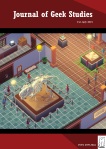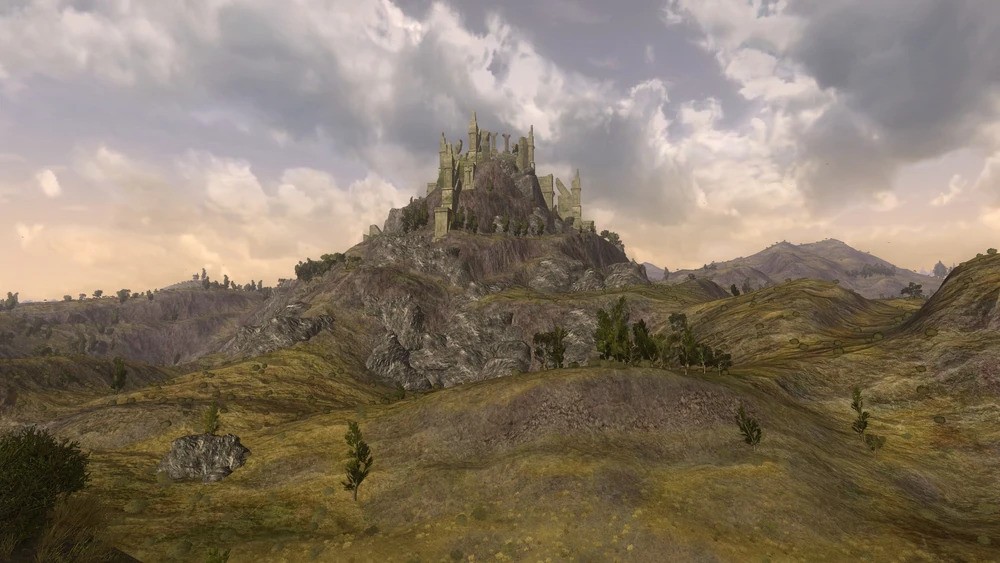Luis Francisco Gonzaga & Viviana Borges Corte
Universidade Federal do Espírito Santo. Vitória, ES, Brazil.
Emails: luispof (at) gmail (dot) com; viviana.borges (at) gmail (dot) com
https://doi.org/10.5281/zenodo.8352109
The idea of making a game about the birds of the UFES (Federal University of Espírito Santo, in southeast Brazil) campus was a sum of long-brewing factors. I have always been interested in the souvenirs offered to people at natural parks, zoos, aquariums, shrines and other similar spaces, especially when regarding the biodiversity and the landscapes of the place. It is beautiful? Funny? Cheap? Does it have educational value? I always asked myself these questions in search of a souvenir that pleased my biologist and traveler self.
In 2016 I was able to spend a few months in the USA, where I visited several natural parks and of course, brought back many souvenirs and ideas. With the end of my degree in Biology, my advisor Viviana Borges (who had some experience with natural parks in South Africa) and I put the ideas together and decided that I would turn a campus bird survey I had done at the beginning of my degree into a game of collectible cards. Then, SuperAves[1] was born.
In the game, each card represents a species, containing its popular name, scientific name, and some features of the bird species it represents, such as: weight, size, year of description (“discovery”), number of eggs it usually lays, its geographic distribution in Brazil, and a bit of trivia. The cards are bilingual: in Portuguese and English.
The game starts with all the cards in a pile, and each round all players take one card and keep it to themselves. In each turn, a new player chooses one of the characteristics of the card that he believes to be superior to the card of other players. Whoever has the highest value for that trait wins the round and obtains the other players’ cards. In the next round, new cards are taken from the pile, and that’s how it goes until the end of the game, where the player who accumulated the most cards is the winner.
In addition to the common bird cards, there are two instructional cards (one of rules and one explaining what each bit of information on the cards represents) and one special card that beat the others, called SUPERAVE. Naturally, it is important that, as an educational tool, the teacher or mediator who applies the game clearly explains that one bird isn’t better than another.
In the Biology events where I presented the game, everyone asked how much it costs! – which makes me very happy, since it means that people liked it so much, they are willing to pay! At the moment, as the initial production demands a certain investment, I only produced a pilot deck, but I am looking for a partnership with the regional public power (so that the game could be distributed in public schools), and with the private sector too (like zoos , aquariums, etc.), proposing customized versions of the game for each of these locations, while I continue to improve the layout of the game.
 We hope this game will increase students’ interest in science and biology, facilitate learning about biological diversity, zoology and even ecology, and bring back some interest in the natural world from the lay public, which seems to have decreased over time. The game can be easily played (and collected) by children from 10 years old, or when they become able to read well, as well as by teenagers and adults, students or not. The important thing is to want to have fun and to get to know a little more about nature (in this case, birds).
We hope this game will increase students’ interest in science and biology, facilitate learning about biological diversity, zoology and even ecology, and bring back some interest in the natural world from the lay public, which seems to have decreased over time. The game can be easily played (and collected) by children from 10 years old, or when they become able to read well, as well as by teenagers and adults, students or not. The important thing is to want to have fun and to get to know a little more about nature (in this case, birds).

About the author
Luis F. Gonzaga is a recently graduated Brazilian biologist who enjoys birds, teaches, photographs, organizes events, pies, and more recently, science outreach events. He believes in the power of partnerships to get further and better!
Dr. Viviana B. Corte is a professor in the Biological Sciences Department at UFES and supervised the SuperAves project.

[1] “Aves” is not only a general term for “birds” in Portuguese, but also the scientific Latin name of the group: Class Aves contains all avian dinosaurs.









